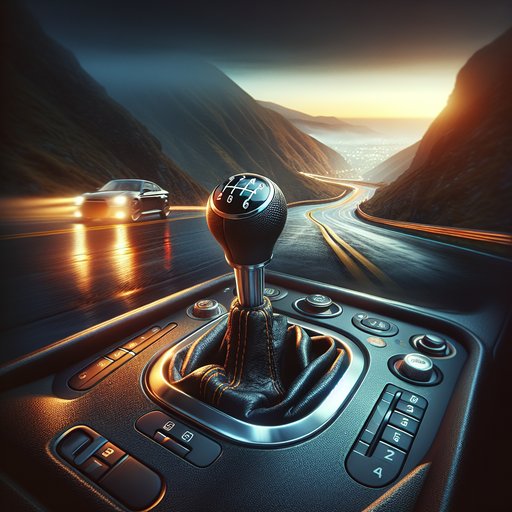
We tested the GR Supra 3.0 with both the six‑speed manual and the ZF eight‑speed automatic over a week of commuting, canyon runs, and instrumented launches to evaluate shift logic, launch behavior, rev‑matching, and daily livability.
Under the hood, both cars use Toyota’s BMW-sourced 3.0-liter turbo inline-six (382 hp, 368 lb-ft) driving the rear wheels through an electronically controlled limited-slip differential. The automatic pairs the B58 to the ZF 8HP, while the manual uses a bespoke six-speed with a larger diameter clutch and a shorter final-drive. Both test cars rode on the same 19-inch wheels and Michelin performance rubber. Conditions were consistent: 68–72°F, sea-level air, and dry pavement.
We logged VBOX runs on a prepped surface, then spent two days in mixed city/highway traffic and one morning on a familiar mountain loop. Stability systems were tested in Normal, Sport, and with traction reduced but not fully disabled for public-road portions. Shift logic: In Comfort, the 8-speed is unobtrusive and decisive, upshifting early and avoiding gear hunting. In Sport, it holds ratios smartly, downshifts proactively on braking, and—crucially—respects manual control via paddles, executing clean, rev-matched shifts without second-guessing your inputs.
It resists mid-corner upshifts, which preserves balance. The six-speed has medium-weight throws and a positive gate; there’s a hint of notchiness 1–2 when cold, gone by mile five. The shorter final drive gives a lively second and third for back-road work, though sixth is long enough for relaxed cruising. Launch behavior: With launch control, the automatic consistently delivered 0–60 mph in 3.9–4.0 seconds, repeating within a tenth thanks to torque management that meters wheelspin through first.
The car squats, hooks, and shifts into second without upsetting the rear. The manual demands finesse: best was 4.3–4.4 seconds with a 3,000–3,500 rpm slip and quick but not brutal clutch engagement. Overly aggressive launches spin the inside tire briefly before the diff locks, costing time; axle tramp wasn’t an issue on our surface. Rev-matching: The manual’s iMT function is well calibrated, blipping to an accurate target rpm with natural throttle sound—smooth enough for track braking and unobtrusive in town.
It can be disabled, and the pedal placement allows true heel-toe; the throttle pedal could use a hair more initial weight, but timing is easy. The 8-speed fires crisp, throttle-blipped downshifts in Sport and aligns nicely with braking force; on track we could carry trail-brake into late apexes without driveline surge. Upshifts are near-seamless at full load, with no lag after paddle pulls. Daily drivability: The automatic is the calmer commuter—silky creep in traffic, low-rpm highway cruising, and fewer head-toss moments over expansion joints.
We averaged slightly better fuel economy versus the manual on the same loop. The manual brings engagement without being a chore: clutch take-up is progressive, hill-hold is well tuned, and low-speed lugging is minimal, though stop-and-go demands more attention and first gear feels short in tight parking lots. Verdict: If you prioritize consistency, straight-line pace, and set-and-forget commuting, the ZF 8-speed is the clear pick. It reads the road well in Sport and pairs brilliantly with the B58’s torque.
For drivers chasing involvement, the six-speed’s shorter gearing, tidy iMT calibration, and satisfying gate make the Supra feel more alive, trading a few tenths in a sprint for a richer everyday experience. Choose auto for repeatable performance; choose manual for connection.












